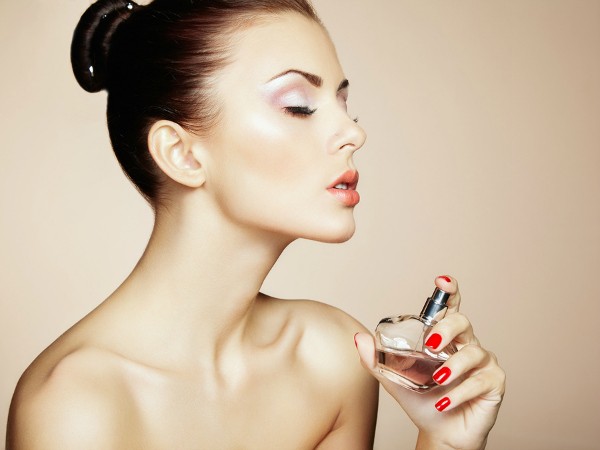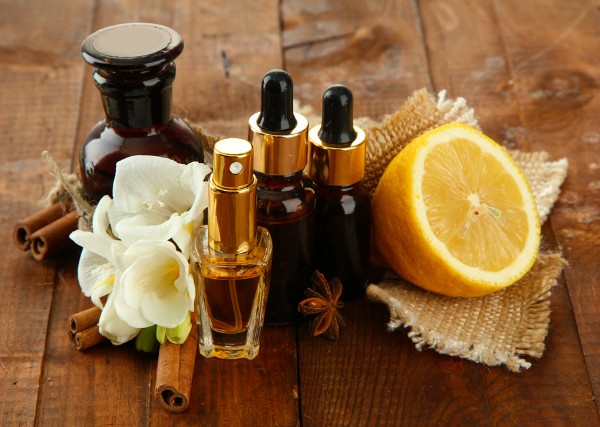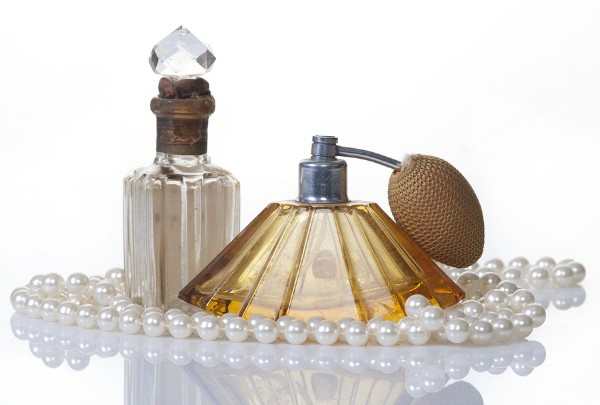The use of perfume as a cosmetic dates back centuries upon centuries, with the term “perfume” originating from the Latin word, “per fumus”, which means “through smoke.” This refers to the earliest use of perfume, incense, which was employed by ancient cultures in Mesopotamia and Egypt at religious ceremonies, and eventually evolved into the practice of extracting essential oils for use on the body.
Nowadays, the perfume industry has exploded into a multi-million-dollar business. Smelling good is a prime concern in our society; and with the thousands of perfumes available, it’s also become an important method of self-expression and individuality. It is difficult to avoid fragrance even if one wishes to do so: Aside from perfumes and colognes proper, essential oil blends are used to distinguish a wide variety of cosmetics and bath essentials.
Amid all this variety, it’s easy to get confused choosing a scent—and it’s also easy to forget that the perfumes you are testing were created via a process that is considered a bona fide art. Let’s break down the (surprisingly elaborate) process of what is inside those beautiful glass bottles.
Notes Create Melody In Fragrance, Too
You may have heard that perfumes have three basic elements, or “notes,” which put together compose their overall makeup. What exactly does this mean, however?
The three notes are called top note, middle note, and base note, and are achieved by the unique mixture of essential oils (yes, the same idea as those oils that were used thousands of years ago!) that goes into the perfume’s “recipe.”
When you pick up a bottle of perfume and give it that first spray, the initial scent you experience is called the top note. Top notes are taken from essential oils that tend to be intense, but light, and don’t last very long. Their purpose is to introduce and entice you as well as lead you smoothly into the depths of the perfume. Common top notes include citrus, fruits, eucalyptus, mint, and herbs.
After the perfume has been on your skin for a short while, the top notes evaporate and the heart of the fragrance comes out. This is called the middle note, which tends to be more stable and lasts longer. It’s not quite as grounding as the base note (which we’ll explain shortly), but it’s robust and well-rounded. You’ll often find such scents as stronger florals (rose, geranium, jasmine), spices (cinnamon, nutmeg, cardamom), lemongrass, rosemary, and others.
Finally, after you’ve been wearing the scent for at least an hour and it has become good and warm from your body temperature, the base note will emerge. These scents are rich, full-bodied, and heavy; they are the slowest to evaporate and leave the most lingering effect. The base notes combined with the middle notes make up the true essence of the perfume. When you have worn the perfume long enough that all you can smell are base notes, this is referred to as the “dry down period.”
If this all sounds complex, it is. It’s also the reason why you may love wearing a perfume initially, but find yourself completely turned off by it as time passes. The best way to determine if a perfume is right for you or not is to simply wear it for a while. When testing perfumes at the store, spritz them onto paper wands (usually provided), and when you find an attractive one, go ahead and apply some to your wrist or inner elbow. Then sit with it for a few hours to see how it develops.
The Cost of Smelling Sweet
You may be surprised at how much your favorite perfume costs. Just as there is a tremendous range of products in the fragrance industry, so is there a diverse spectrum of price points. It’s possible to pick up a perfume for a very reasonable price, but many of the popular brands can cost $100 and up—with some rare blends going into the thousands of dollars per ounce!
There is a good reason to pay more, however, if you find a particular perfume attractive. For the most part, you will likely be spending extra dollars for the sake of quality ingredients. Costlier perfumes use rarer, stronger, and more complex note blends. Many users tend to think they last longer.
However, there are a couple other factors to keep in mind when weighing the cost of a perfume. Packaging is a huge expense in the perfume industry, and much of the budget required to create a new luxury scent goes into making sure it’s in an attractive, eye-catching, and quality bottle. If this matters to you—and keep in mind, perfume bottles have been long collected as decorative objects!—you can justify this particular expense easily.
But, finally, do keep in mind that marketing is also another, less artistic, aspect that comes into play when tallying up the final cost of a perfume. The more high-profile the marketing campaign, the more the cost will be transferred to the consumer.
Whether you choose a simple, inexpensive scent or a lushly complex and costly one to complete your everyday ensemble, only you know which perfume is the one that is most uniquely “you.” Don’t forget to take heart—you’re wearing a true work of art!








Comments are closed.